
Fiber Optic Components Market Share and Growth Analysis 2034
Global Fiber Optic Components Market Growth, Size, Trends Analysis - By Component Type, By Type, By Data Transfer Rate, By Technology, By Application - Regional Outlook, Competitive Strategies and Segment Forecast to 2034
| Published: Sep-2025 | Report ID: SEMI2575 | Pages: 1 - 273 | Formats*: |
| Category : Semiconductor and Electronics | |||
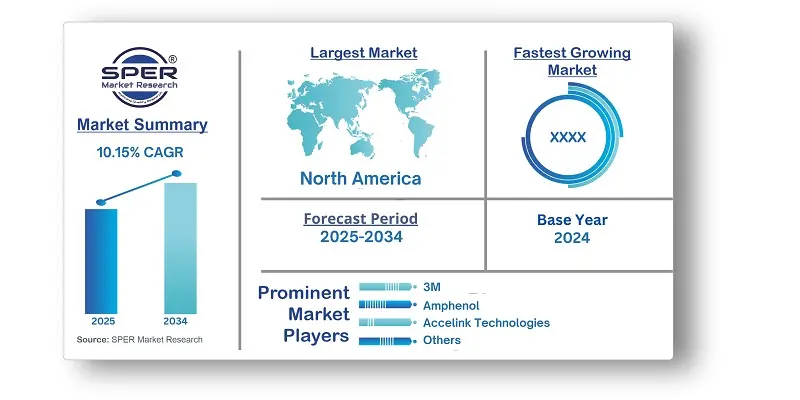
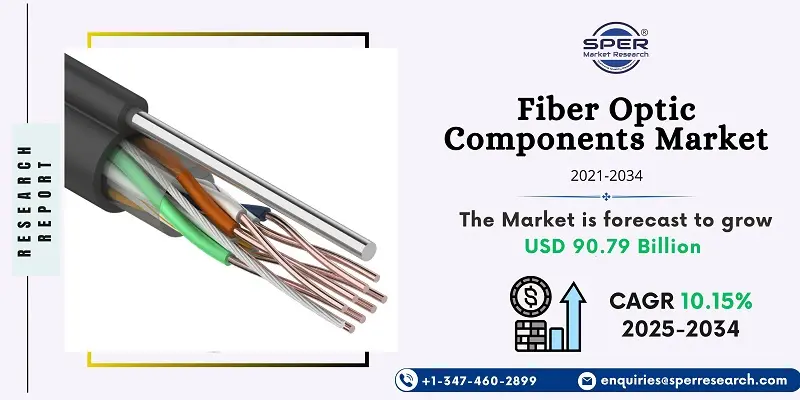
| Report Metric | Details |
| Market size available for years | 2021-2034 |
| Base year considered | 2024 |
| Forecast period | 2025-2034 |
| Segments covered | By Component Type, By Type, By Data Transfer Rate, By Technology, By Application |
| Regions covered | North America, Latin America, Asia-Pacific, Europe, and Middle East & Africa |
| Companies Covered | 3M, Accelink Technologies, Amphenol, Broadcom, Broadex Technologies, Ciena, Cisco Systems, CommScope, Corning, Fujikura. |
- Global Fiber Optic Components Market Size (FY’2021-FY’2034)
- Overview of Global Fiber Optic Components Market
- Segmentation of Global Fiber Optic Components Market By Component Type (Active components, Passive components)
- Segmentation of Global Fiber Optic Components Market By Type (Single-mode fiber, Multi-mode fiber)
- Segmentation of Global Fiber Optic Components Market By Data Transfer Rate (Less than 10 GBPS, 10 to 40 GBPS, 40 to 100 GBPS, More than 100 GBPS)
- Segmentation of Global Fiber Optic Components Market By Technology (Analog fiber optic components, Digital fiber optic components)
- Segmentation of Global Fiber Optic Components Market By Application (Telecommunications & data communication, Data centers & cloud infrastructure, Military & defense, Medical & healthcare, Industrial automation, Broadcasting & video transmission, Oil & Gas)
- Statistical Snap of Global Fiber Optic Components Market
- Expansion Analysis of Global Fiber Optic Components Market
- Problems and Obstacles in Global Fiber Optic Components Market
- Competitive Landscape in the Global Fiber Optic Components Market
- Details on Current Investment in Global Fiber Optic Components Market
- Competitive Analysis of Global Fiber Optic Components Market
- Prominent Players in the Global Fiber Optic Components Market
- SWOT Analysis of Global Fiber Optic Components Market
- Global Fiber Optic Components Market Future Outlook and Projections (FY’2025-FY’2034)
- Recommendations from Analyst
1.1.Scope of the report1.2.Market segment analysis
2.1.Research data source
2.1.1.Secondary Data2.1.2.Primary Data2.1.3.SPERs internal database2.1.4.Premium insight from KOLs
2.2.Market size estimation
2.2.1.Top-down and Bottom-up approach
2.3.Data triangulation
4.1.Driver, Restraint, Opportunity and Challenges analysis
4.1.1.Drivers4.1.2.Restraints4.1.3.Opportunities4.1.4.Challenges
5.1.SWOT Analysis
5.1.1.Strengths5.1.2.Weaknesses5.1.3.Opportunities5.1.4.Threats
5.2.PESTEL Analysis
5.2.1.Political Landscape5.2.2.Economic Landscape5.2.3.Social Landscape5.2.4.Technological Landscape5.2.5.Environmental Landscape5.2.6.Legal Landscape
5.3.PORTERs Five Forces
5.3.1.Bargaining power of suppliers5.3.2.Bargaining power of buyers5.3.3.Threat of Substitute5.3.4.Threat of new entrant5.3.5.Competitive rivalry
5.4.Heat Map Analysis
6.1.Global Fiber Optic Components Market Manufacturing Base Distribution, Sales Area, Product Type6.2.Mergers & Acquisitions, Partnerships, Product Launch, and Collaboration in Global Fiber Optic Components Market
7.1.Active components
7.1.1.Transmitters7.1.2.Receivers7.1.3.Optical amplifiers
7.2.Passive components
7.2.1.Fiber optic cables7.2.2.Connectors & adapters7.2.3.Couplers & splitters7.2.4.Optical Switches
7.2.5.Others
8.1.Single-mode fiber8.2.Multi-mode fiber
9.1.Less than 10 GBPS9.2.10 to 40 GBPS9.3.40 to 100 GBPS9.4.More than 100 GBPS
10.1.Analog fiber optic components10.2.Digital fiber optic components
11.1.Telecommunications & data communication
11.1.1.Long-haul transmission networks11.1.2.Metro/core networks11.1.3.Access networks11.1.4.Mobile backhaul / fronthaul11.1.5.Enterprise networks (LAN/WAN)11.1.6.Others
11.2.Data centers & cloud infrastructure
11.2.1.Intra-data center connectivity11.2.2.Inter-data center11.2.3.High-speed transceivers11.2.4.Storage area networks (SAN)11.2.5.Others
11.3.Military & defense
11.3.1.Secure tactical communication networks11.3.2.Radar & sensor systems11.3.3.Command and control systems11.3.4.Avionics and naval communication systems11.3.5.Others
11.4.Medical & healthcare
11.4.1.Medical imaging systems11.4.2.Laser delivery systems11.4.3.Biomedical sensors & instrumentation11.4.4.Hospital network infrastructure11.4.5.Others
11.5.Industrial automation
11.5.1.Factory automation and process control networks11.5.2.Robotics & machine vision systems11.5.3.Remote sensing and monitoring11.5.4.Industrial ethernet11.5.5.Others
11.6.Broadcasting & video transmission
11.6.1.Live event broadcasting infrastructure11.6.2.Studio-to-transmitter links (STL)11.6.3.Cable TV & IPTV distribution networks11.6.4.Outside broadcast (OB) vans & mobile production11.6.5.Others
11.7.Oil & Gas
11.7.1.Downhole fiber optic sensing11.7.2.Subsea communication links11.7.3.Pipeline monitoring & leak detection systems11.7.4.Remote site connectivity11.7.5.Others
11.8.Others
12.1.Global Fiber Optic Components Market Size and Market Share
13.1.Asia-Pacific
13.1.1.Australia13.1.2.China13.1.3.India13.1.4.Japan13.1.5.South Korea13.1.6.Rest of Asia-Pacific
13.2.Europe
13.2.1.France13.2.2.Germany13.2.3.Italy13.2.4.Spain13.2.5.United Kingdom13.2.6.Rest of Europe
13.3.Middle East and Africa
13.3.1.Kingdom of Saudi Arabia13.3.2.United Arab Emirates13.3.3.Qatar13.3.4.South Africa13.3.5.Egypt13.3.6.Morocco13.3.7.Nigeria13.3.8.Rest of Middle-East and Africa
13.4.North America
13.4.1.Canada13.4.2.Mexico13.4.3.United States
13.5.Latin America
13.5.1.Argentina13.5.2.Brazil13.5.3.Rest of Latin America
14.1.3M
14.1.1.Company details14.1.2.Financial outlook14.1.3.Product summary14.1.4.Recent developments
14.2.Accelink Technologies
14.2.1.Company details14.2.2.Financial outlook14.2.3.Product summary14.2.4.Recent developments
14.3.Amphenol
14.3.1.Company details14.3.2.Financial outlook14.3.3.Product summary14.3.4.Recent developments
14.4.Broadcom
14.4.1.Company details14.4.2.Financial outlook14.4.3.Product summary14.4.4.Recent developments
14.5.Broadex Technologies
14.5.1.Company details14.5.2.Financial outlook14.5.3.Product summary14.5.4.Recent developments
14.6.Ciena
14.6.1.Company details14.6.2.Financial outlook14.6.3.Product summary14.6.4.Recent developments
14.7.Cisco Systems
14.7.1.Company details14.7.2.Financial outlook14.7.3.Product summary14.7.4.Recent developments
14.8.CommScope
14.8.1.Company details14.8.2.Financial outlook14.8.3.Product summary14.8.4.Recent developments
14.9.Corning
14.9.1.Company details14.9.2.Financial outlook14.9.3.Product summary14.9.4.Recent developments
14.10.Fujikura
14.10.1.Company details14.10.2.Financial outlook14.10.3.Product summary14.10.4.Recent developments
14.11.Others
SPER Market Research’s methodology uses great emphasis on primary research to ensure that the market intelligence insights are up to date, reliable and accurate. Primary interviews are done with players involved in each phase of a supply chain to analyze the market forecasting. The secondary research method is used to help you fully understand how the future markets and the spending patterns look likes.
The report is based on in-depth qualitative and quantitative analysis of the Product Market. The quantitative analysis involves the application of various projection and sampling techniques. The qualitative analysis involves primary interviews, surveys, and vendor briefings. The data gathered as a result of these processes are validated through experts opinion. Our research methodology entails an ideal mixture of primary and secondary initiatives.

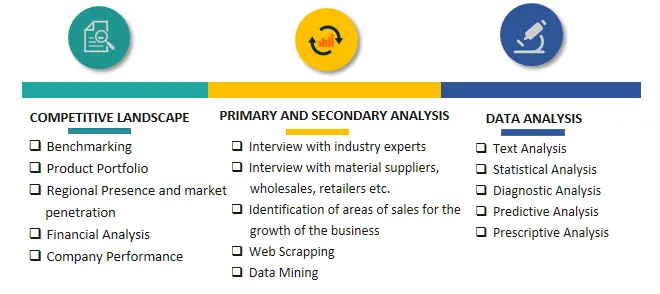

Frequently Asked Questions About This Report
PLACE AN ORDER
Year End Discount
Sample Report
Pre-Purchase Inquiry
NEED CUSTOMIZATION?
Request CustomizationCALL OR EMAIL US
100% Secure Payment

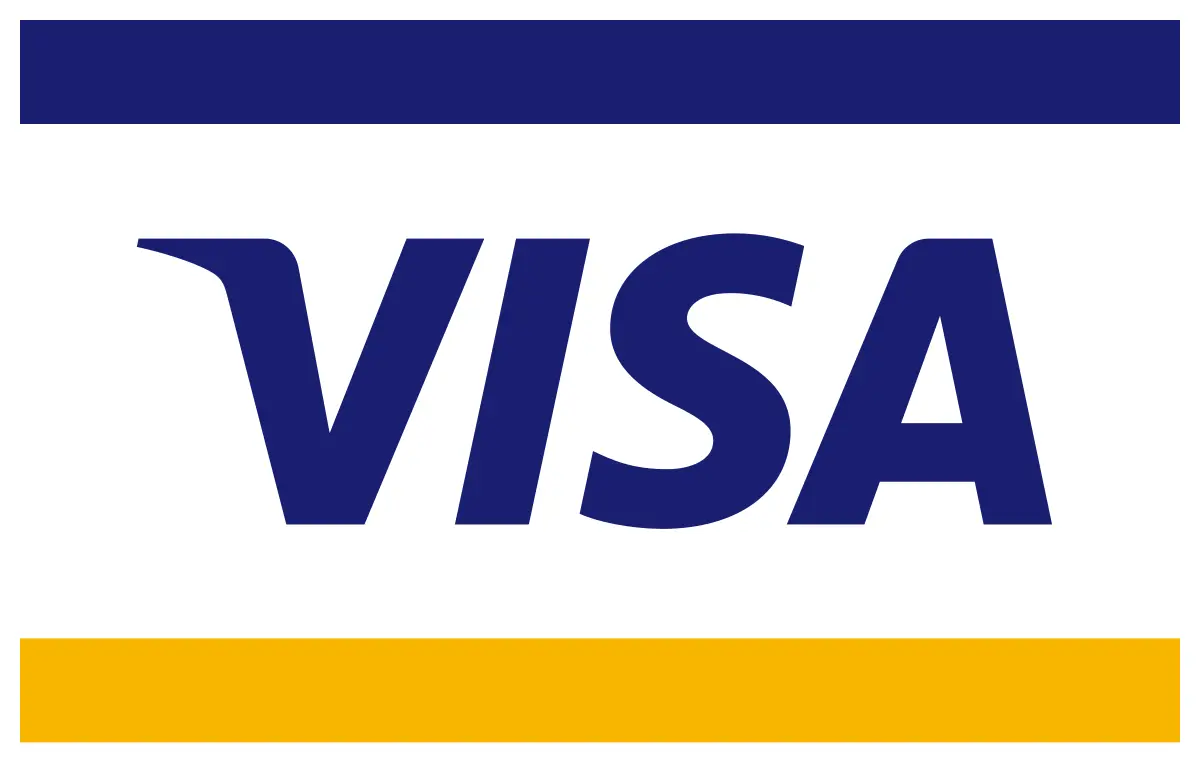

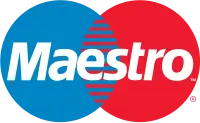


Related Reports
Our Global Clients
Our data-driven insights have influenced the strategy of 200+ reputed companies across the globe.






















